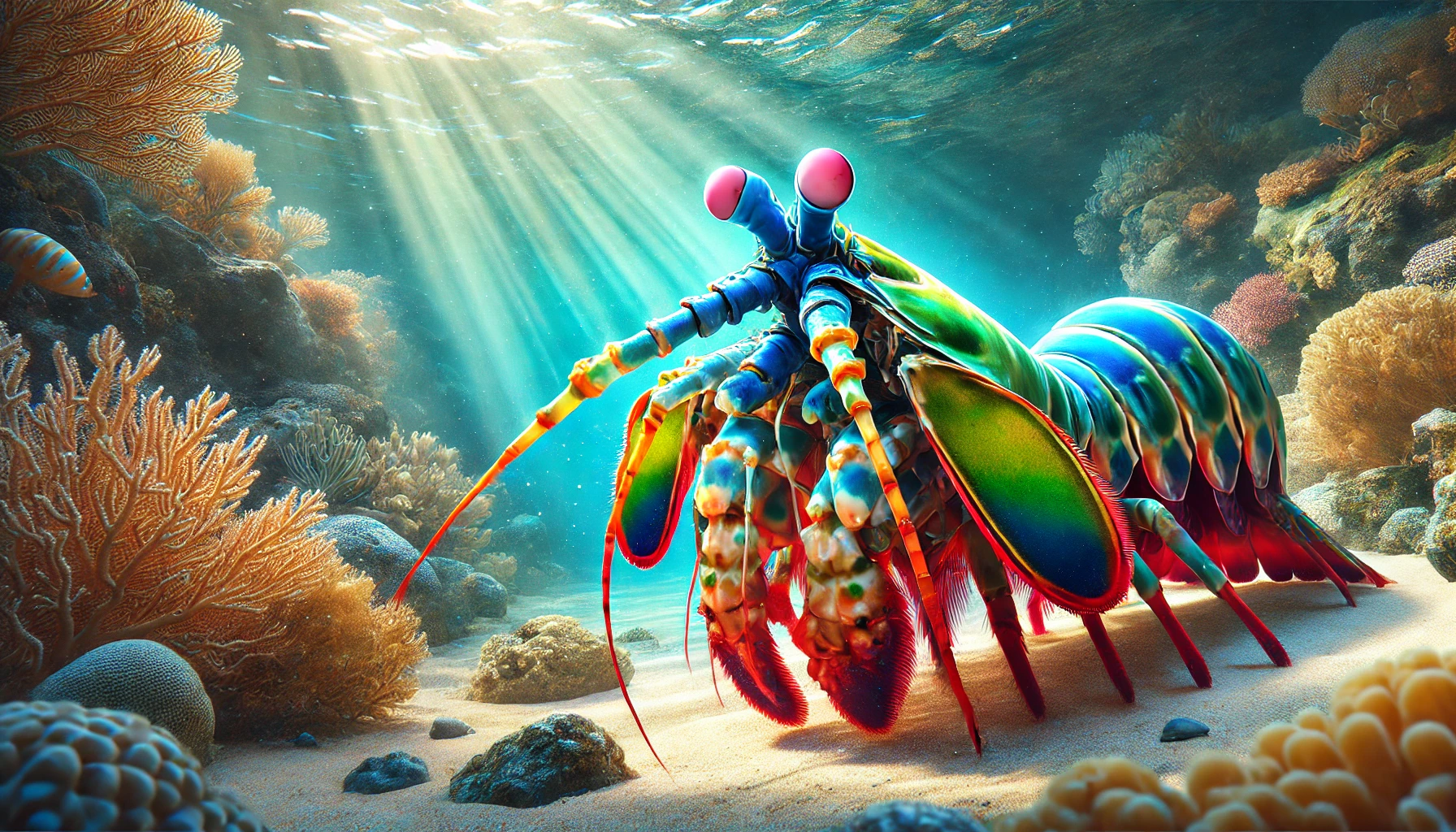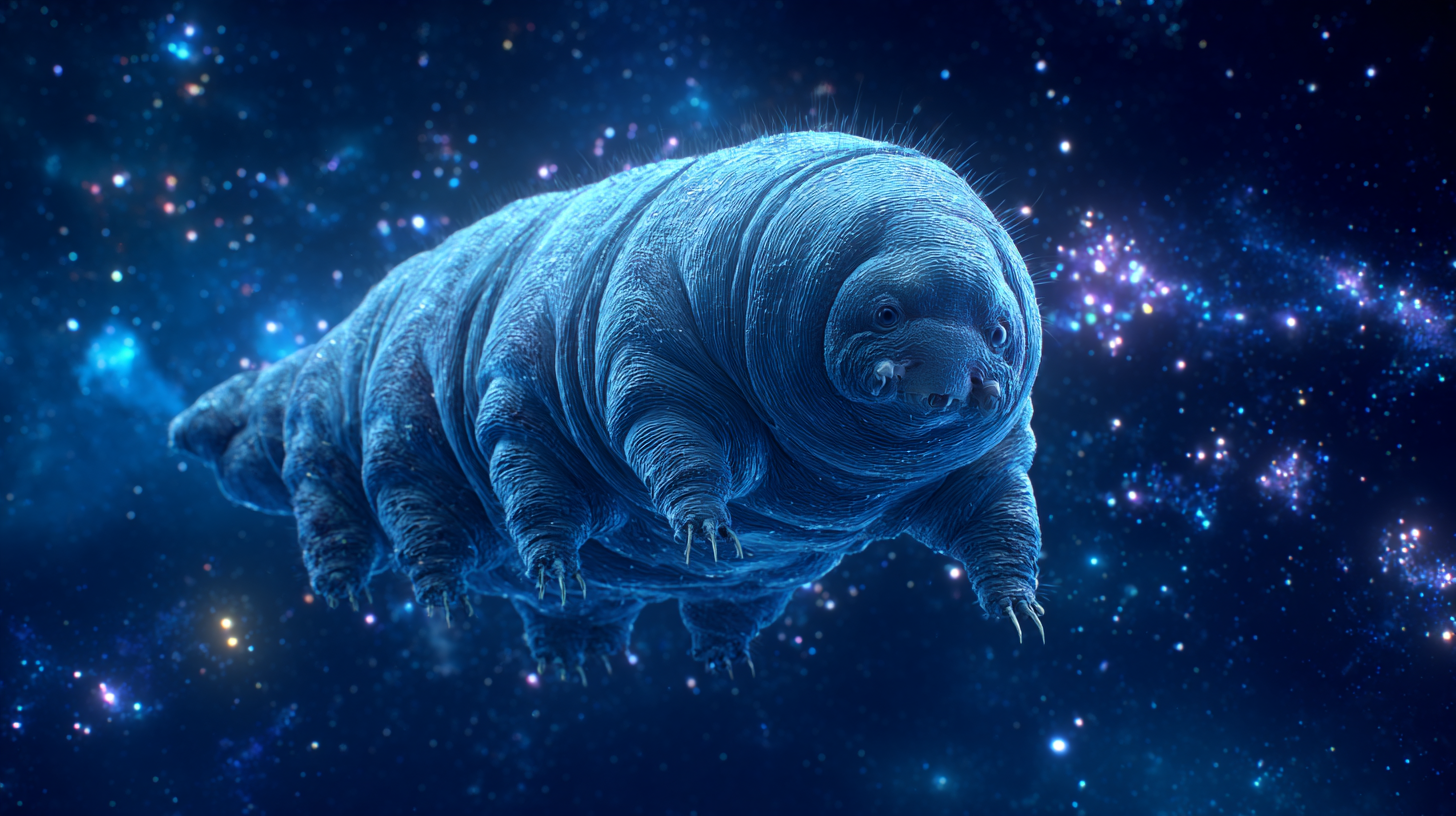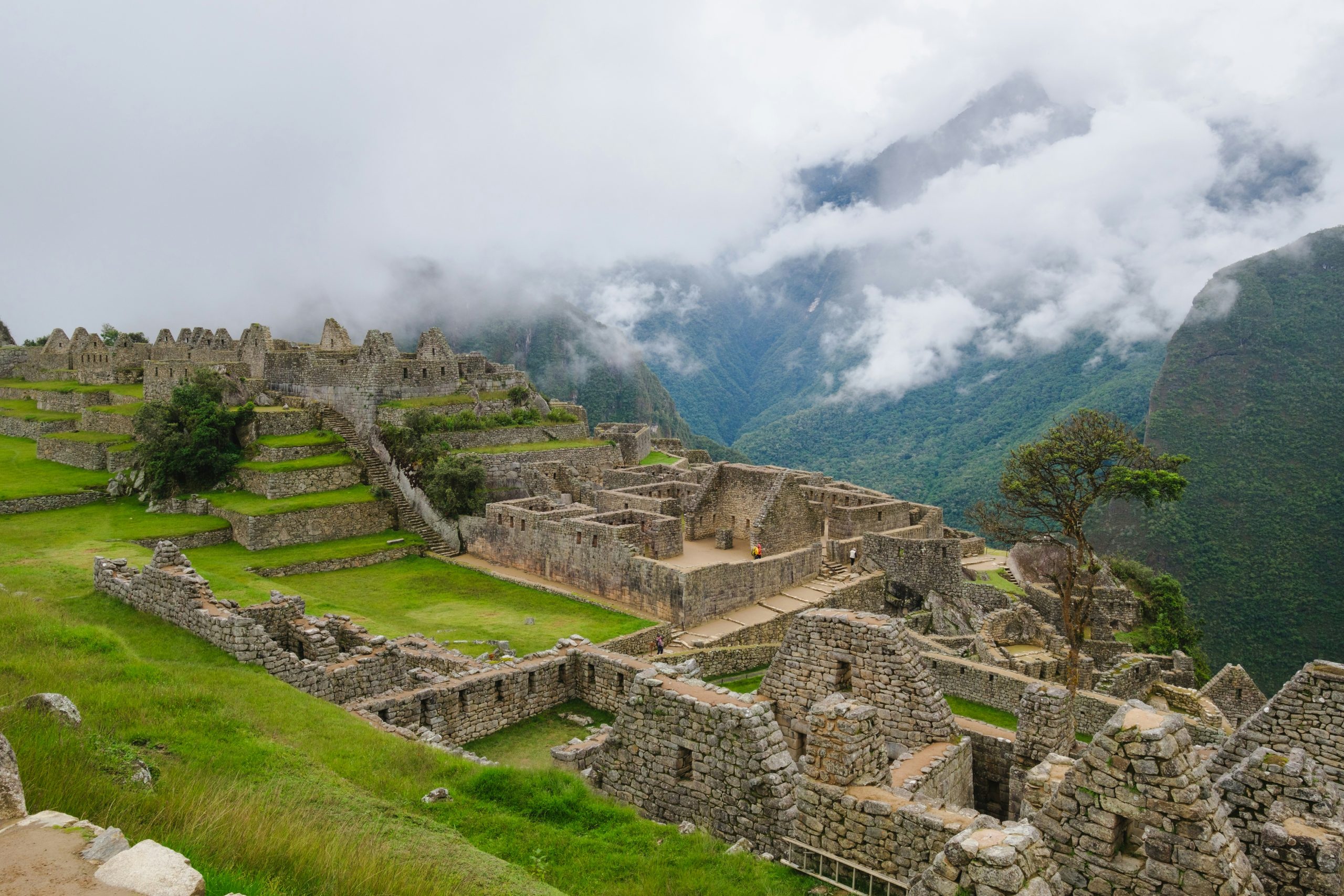Bizarre and Unbelievable: 10 Strange Facts that Will Blow Your Mind
Have you ever come across a fact that is so strange and unbelievable that it just blows your mind? Well, get ready to be amazed as we reveal 10 of the most bizarre facts that will leave you questioning reality. From mind-boggling phenomena to unbelievable occurrences, these facts are sure to make your jaw drop!
1. The Bananas We Eat Are All Clones
The bananas we commonly eat, known as the Cavendish variety, are all clones of a single plant. This uniformity exists because Cavendish bananas are propagated asexually through cuttings, not seeds. While this cloning ensures consistent taste, texture, and shelf life, it also makes the entire Cavendish population susceptible to diseases. One such threat is a fungus called Panama disease (Tropical Race 4), which has already devastated banana plantations in several countries. If the disease continues to spread, it could lead to a global banana crisis, as there would be no genetic variation to confer resistance.
2. There Is a Town Where People Communicate via Whistles
La Gomera, one of Spain’s Canary Islands, is home to Silbo Gomero, a whistling language that has been recognized by UNESCO as an Intangible Cultural Heritage of Humanity. This language consists of over 4,000 distinct whistle sounds, representing Spanish syllables. Historically, this form of communication was developed by shepherds and farmers to send messages across the island’s steep ravines and rugged terrain. Today, Silbo Gomero is taught in local schools to preserve this fascinating tradition, and its use during festivals and public events keeps it alive as a symbol of cultural identity.
3. Honey Never Spoils
Honey’s remarkable longevity is due to its unique chemical composition. It has a very low water content (less than 18%) and a high sugar concentration, both of which prevent the growth of bacteria and mold. Additionally, honey contains natural hydrogen peroxide, produced by an enzyme called glucose oxidase, which acts as a mild antiseptic. These qualities make honey not only a sweet treat but also a natural preservative. The discovery of edible honey in ancient Egyptian tombs is a testament to its incredible shelf life. It’s as though time stands still for this golden liquid.
4. There Are More Stars in the Universe Than Grains of Sand on Earth
Astrophysicists estimate the observable universe contains approximately 1 septillion (10²⁴) stars. To put this into perspective, scientists have calculated that all the grains of sand on Earth – on every beach, desert, and ocean floor – total roughly 7.5 quintillion (10¹⁸). The comparison highlights the vastness of the cosmos. Each of the universe’s billions of galaxies contains billions of stars, making the scale of the universe almost incomprehensible. This also raises intriguing questions about the potential for life beyond Earth, given the sheer number of stars and their accompanying planets.
5. The Mantis Shrimp Has the Fastest Punch in the Animal Kingdom
The punch of the mantis shrimp (pictured above) can accelerate at speeds of up to 23 meters per second (50 mph), with a force of over 1,500 newtons, rivaling the force of a .22-caliber bullet. This extraordinary power is due to a spring-loaded mechanism in their forelimbs. They use their punches to crack open the hard shells of their prey, such as crabs and mollusks. The strike is so fast that it generates a phenomenon known as cavitation, creating tiny bubbles that collapse with immense heat and light, delivering a secondary shockwave. Aquarists handling mantis shrimp often use special precautions to avoid shattered aquarium glass or personal injury.
6. An Octopus Has Three Hearts
An octopus’s three hearts play distinct roles: two branchial hearts pump blood through the gills for oxygenation, while the systemic heart circulates oxygen-rich blood throughout the body. Interestingly, when an octopus swims, its systemic heart temporarily stops beating, which is one reason they prefer crawling to swimming—it’s less taxing on their circulatory system. Moreover, an octopus’s blood is copper-based (hemocyanin) rather than iron-based like humans, which gives it a blue color and is more efficient for transporting oxygen in cold, low-oxygen environments.
7. The Eiffel Tower Can Grow Taller in the Summer
The Eiffel Tower, composed of wrought iron, expands as it heats up. When temperatures rise during the summer, the structure’s metal absorbs heat, causing it to expand. This can add up to 15 centimeters (6 inches) to the tower’s height. The process, known as thermal expansion, is a reversible phenomenon, and the tower shrinks back to its original size in cooler weather. Engineers accounted for this behavior when constructing the Eiffel Tower in 1889, ensuring its structural integrity remains intact despite seasonal changes.
8. The World’s Largest Mushroom Is the Size of a Blue Whale
The Armillaria ostoyae, or honey fungus, is not just the world’s largest mushroom, it’s the largest living organism on Earth! Located in Oregon’s Malheur National Forest, this organism is mostly hidden underground, consisting of an expansive network of mycelium (fungal threads). The visible mushrooms we associate with fungi are just the reproductive structures. This organism has been growing for an estimated 2,400–8,000 years, spreading silently through the soil by infecting and decomposing trees. Its size and age make it a fascinating subject for studies on longevity and ecological impact.
9. There Is a Lake in Africa That Turns Animals into Stone
Lake Natron in Tanzania is extremely alkaline, with a pH level as high as 10.5 due to its high concentration of sodium carbonate and other minerals. Temperatures in the lake can reach 60°C (140°F). These conditions create an environment that calcifies animals that come into contact with the water. Birds and bats that accidentally fall into the lake become mummified, their bodies preserved in a striking, statue-like state. While the lake’s harsh environment is deadly to many creatures, it serves as a crucial breeding ground for flamingos, whose eggs thrive in its alkaline mud.
10. The Great Wall of China Is Not Visible from Space
The claim that the Great Wall of China is visible from space is a persistent myth. Astronauts have clarified that the wall is difficult to see with the naked eye from low Earth orbit due to its narrow width (6–7 meters) and the fact that it blends into the surrounding landscape. Other human-made structures, such as highways and city lights, are far more discernible from space. While the Great Wall is one of humanity’s most impressive architectural achievements, its visibility from space without aid is, unfortunately, overstated.
—–
These 10 strange and unbelievable facts are just a glimpse into the wonders and mysteries of our world. From the bizarre behaviors of animals to the enigmatic properties of natural phenomena, our planet is full of surprises that continue to astonish and perplex us. So the next time you come across a mind-blowing fact, remember that truth is often stranger than fiction!









